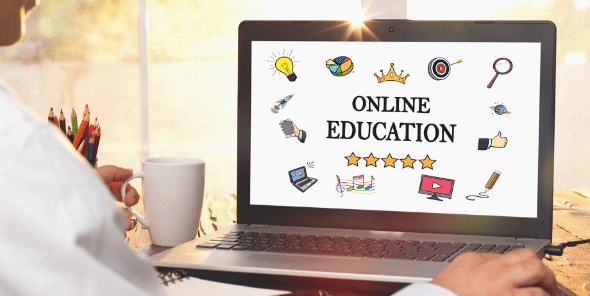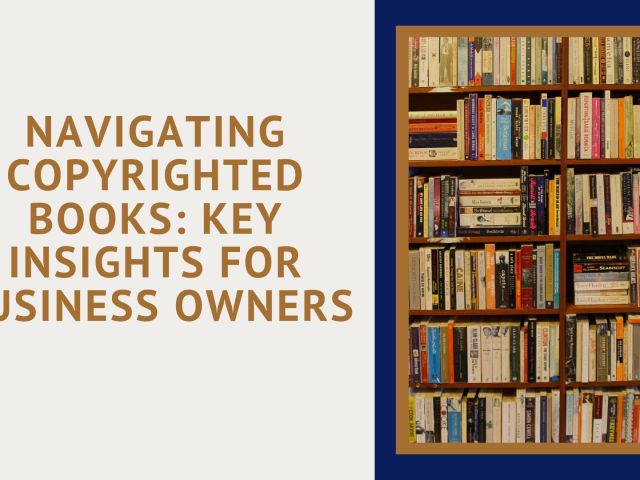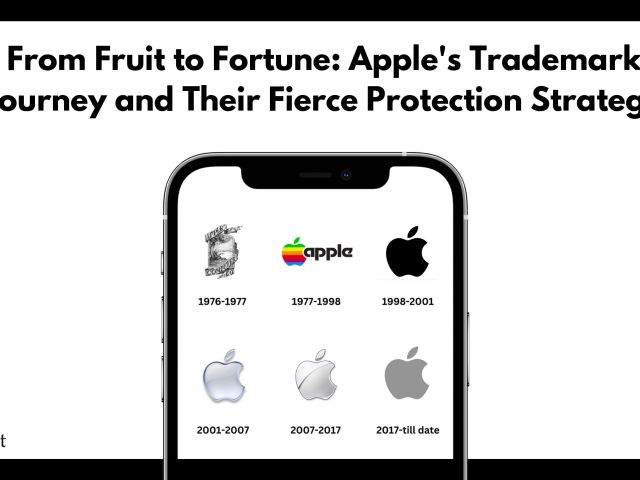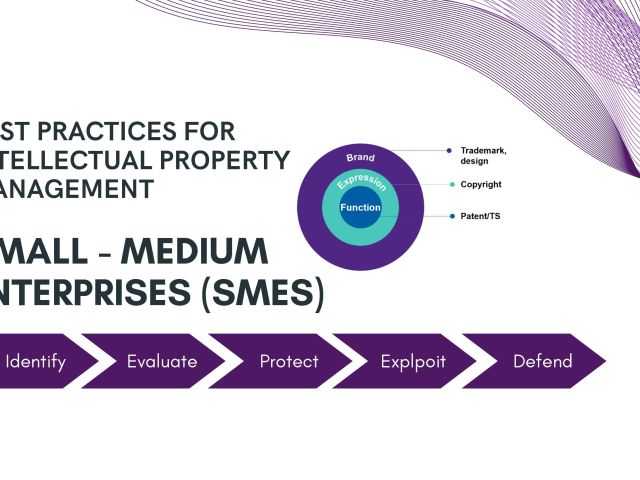Since the global lockdown, more than 1.5 billion students have been affected in their education. Online classrooms, thus, quickly became the norm to fill the gap in imparting education created by a global pandemic. Most schools and colleges all over the world have resorted to online teaching. Despite its advantages, however, online education has various drawbacks. One of these critical issues has arisen be the use of copyrighted material in online teaching.
Online v. Offline Teaching
While online teaching has been around for quite some time now, it has only been due to the COVID-19 pandemic that this method of teaching has had to be adopted by schools and universities globally. Online or remote teaching involves using video-conferencing software where the teacher would use materials such as PowerPoint presentations, videos, audio, and text documents.
In an offline teaching environment, the teacher could control the information being circulated, and he/she would know to whom a copy of the document reaches. However, regulating the control of information becomes a difficult task in an online education mode, especially since course materials now have to be uploaded online for a student’s reference due to the lack of access to the school or university library.
Copyright Law and ‘Fair Use’
Copyright law deals with the protection of the expression of an idea rather than the concept itself. Thus, tangible expressions such as books and videos are protected under copyright. In India, Section 13 of the Indian Copyright Act 1957 states that copyright protection is granted to all works in the nature of a literary, dramatic, artistic, and musical work, as well as on cinematographic films and sound recordings.
Copyright prohibits any other person from using the original author’s work without authorization or permission. However, in certain situations, copyright law permits the use of a copyrighted work without the need to obtain the consent of the author of the work. This is the doctrine of fair use, referred to as the doctrine of fair dealing in India (though the two concepts are not identical, highlighting their differences would be outside the discussion in the present article). To constitute fair use, one must bear in mind the purpose and nature of the work for which the copyrighted work is used and the amount of the work used.
The Indian courts have decided on what constitutes fair use through their decisions. In Civic Chandran and Ors. v C. Ammini Amma and Ors., The Kerala High Court laid down a 3-condition test to determine whether the defense of fair use can be taken in a case. These were,
1. the quantum and value of the matter taken;
2. the purpose for which it is taken; and
3. the likelihood of competition between the two works.
It is pertinent to note that Section 52(1)(a) of the Copyright Act expressly states that fair dealing with any original work, for the purpose of criticism and review, whether of that work or any other work, does not amount to infringement of copyright. Further, Section 52(1)(i) states that anything reproduced by a student or a teacher for the purpose of studies in an educational institution would not constitute an infringement of copyright.
However, it would be incorrect to assume that the doctrine of fair use/fair dealing allows for sharing any copyrighted material in the name of using it for educational purposes. Such an incorrect assumption only serves to increase the likelihood of copyright infringement. Thus, there are certain limitations to using this doctrine, even for teaching.
Firstly, copyrighted work must be obtained through legal means. While downloading original work shared on the internet is allowed, work illegally downloaded or from websites allowing for the free download of paid material would constitute an infringement of copyright.
Secondly, copyrighted work should not be used for any purpose other than education. Since the use of such work is granted only for the purposes of education under Section 52(1)(i) to students and teachers, the teachers and the educational institutions must ensure that the material they are using is solely for furthering the non-profit purpose of education.
Thirdly, one cannot upload scanned copies of paid books to be shared with students and claim the doctrine of fair use/fair dealing. The 2012 Amendment to the Indian Copyright Act allows for scanned copies of paid books to be shared by institutions for the purpose of education if the institution already possesses a hard copy of the book in its library.
Due to the COVID-19 pandemic, many publishers, such as the Cambridge University Press, have been forthcoming in allowing students free access to their online textbooks. Others have opted for a paid subscription to access their books and material online. Textbooks are inherently crucial for educational institutions, and the lack of access to them due to the pandemic has created the need for publishers to share their material online.
How Copyright Issues Can Be Tackled
As discussed above, specific material may only be available in the form of secondary sources. As commercial or even unauthorized usage of such material may bring about legal action, universities, schools, professors, and teachers should keep the following points in mind to help prevent copyright infringement.
a) Share the website link of the material rather than download and share the material with students, which helps the original authors get due credit for their publicly shared works. Care should be taken that links to unlawful material not be shared, such as free scanned copies of paid books found on a pirating website. Further, the content should have been posted publicly or allowed to be posted publicly by the original author.
b) Schools and universities can also purchase software through their institutional credentials, thus allowing students to use the material available on such platforms for their studies.
c) The use of open-access platforms where the material is shared for free should be promoted. Such platforms grant the unrestricted use of the uploaded material, provided it is only used for educational purposes.
d) Obtain permission from the original copyright holder to use the work for teaching and imparting education.
e) Discourage further sharing of copyrighted material by students by informing them about the copyright law and the legal consequences of such unauthorized sharing of material.
f) Teachers should also try to create original content that they can easily share with their students without worrying about infringing another’s copyright.
Conclusion
Access to information through the internet has definitely enabled education to be imparted more efficiently, but this accessibility to information has posed a challenge to copyright law. Web-based learning has become the norm in the past few months, and therefore the tussle with the copyright law of online learning will continue to happen. Consequently, it is necessary to inform and educate our teachers and educational institutions about how they may commit copyright infringement and how they can refrain from doing so. The doctrine of fair use/fair dealing has its limitations, and hence our educators must always be careful to ensure non-infringement on their part while imparting their duty of teaching.




